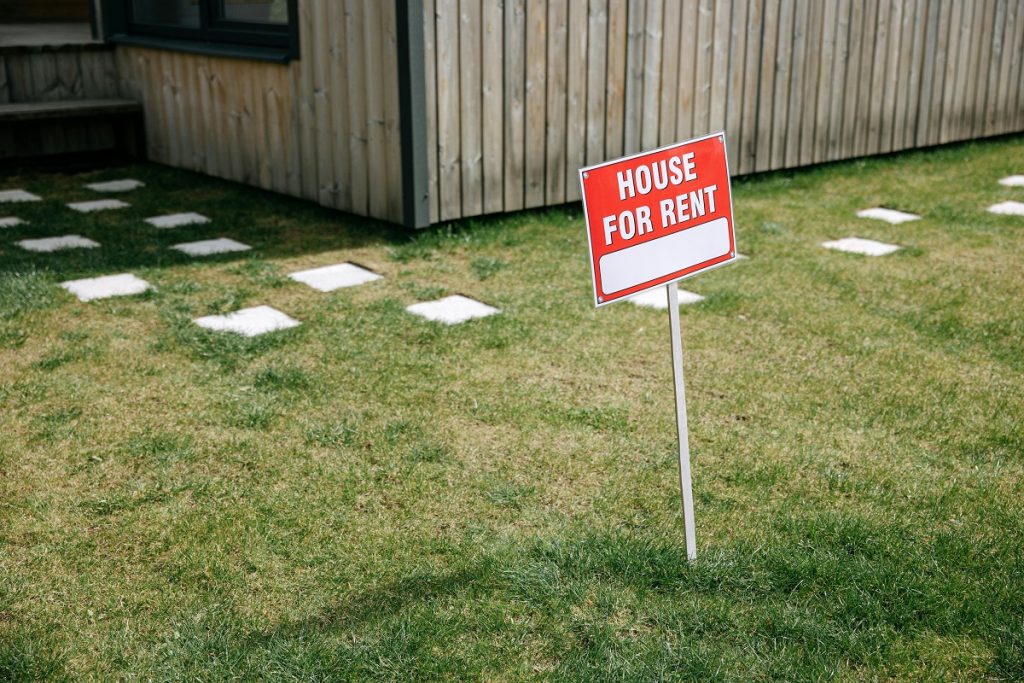

- Enhance property appeal through modern renovations and maintenance to attract higher-paying tenants.
- Implement competitive pricing strategies, analyzing local market trends for optimal rental rates.
- Offer value-added services or amenities, like Wi-Fi or cleaning services, to justify higher rents.
- Utilize efficient property management practices to reduce vacancies and turnover costs.
- Review and update lease agreements regularly to reflect current market conditions and legal requirements.
Understanding and optimizing rental yield is crucial for landlords in running a lucrative property business. Whether you’re just starting as a landlord or looking to refine your strategy, ensuring your rental property is a worthwhile investment that generates a healthy return is of the utmost importance. Learning effective methods to maximize your rental yield in an increasingly competitive rental market can set you apart and lead to substantial long-term gains.
In this comprehensive guide, we’ll explain the definition of rental yield, how to calculate it, and the most impactful strategies for increasing it. We’ll explore every avenue available, from astute pricing to leveraged property management. You’ll have a clear roadmap to boost your rental yield and elevate your property investment game by the end.
Understanding Rental Yield
Before maximizing it, we must understand rental yield and why it’s pivotal for landlords.
Rental yield measures how much cash an asset generates in a year compared to its value. In the context of property, it refers to the income a property generates as a percentage of its market value. It’s a crucial metric because it gauges your property’s potential cash flow and return on investment (ROI).
Factors Influencing Rental Yield

Rental yield isn’t static — numerous factors can influence it for better or worse.
Location
The adage ‘location, location, location’ holds. Properties in sought-after areas with high demand can generally command higher rents, leading to a superior rental yield. Conversely, a property in a declining neighborhood may struggle to sustain high rent levels, affecting its yield.
Property Type
Different types of properties offer different rental yields. For example, luxury apartments often yield more than standard units, while a single-family home might have a lower yield but can attract longer-term tenants, reducing vacancy rates.
Market Conditions
A buoyant market can lead to increased property values, which, accompanied by stable or rising rental incomes, can result in a better rental yield over time.
Strategies to Maximize Rental Yield
Enhancing your rental yield requires a multifaceted approach. Here are several strategies to help you do just that.
Effective Pricing Strategies
Setting the right price is critical to optimizing your rental yield. Your pricing strategy should be based on a thorough market understanding, including comparable rental rates, neighborhood trends, and property-specific amenities.
Balancing the need for competitiveness with the desire to maximize income can be achieved by regularly reviewing and adjusting your rental prices in response to market changes.
Property Improvements and Upgrades
Small investments in your property can yield significant returns. Cosmetic upgrades such as new paint, modern fixtures, and upgraded appliances can make your property more appealing, allowing you to charge higher rents.
Larger improvements, like energy-efficient windows or upgraded HVAC systems, attract tenants willing to pay more and reduce maintenance costs, boosting your rental yield.
Optimizing Occupancy Rates
Long vacancies can significantly impact your rental yield. Strategies to maintain high occupancy include:
- Proactive tenant retention programs
- Advertising your property well in advance of a current tenant’s departure
- Offering incentives for longer lease terms
Ensuring your property is well-maintained and promptly addressing tenant requests can enhance tenant satisfaction, leading to longer tenancies and a more stable income stream.
Leveraging Property Management Companies
Working with reputable property management companies can offer substantial benefits. They handle the day-to-day operations of your property, freeing you from the time-consuming tasks of maintenance, rent collection, and dealing with tenant issues.
Beyond the operational advantages, professional property management can also improve your property’s appeal, increase your property’s perceived value, and handle rental price optimization, all of which can lead to a higher rental yield.
Tax Considerations and Efficiency

Understanding tax deductions that are available to you can be a powerful tool for increasing rental yield. Deductions for mortgage interest, property taxes, and depreciation can reduce your tax liability, freeing up more income to invest in your property or properties.
Furthermore, efficient financial management — such as refinancing at lower rates, investing in tax-efficient vehicles, and ensuring accurate accounting practices — can help you retain more of your rental income, bolstering your rental yield.
Conclusion
Maximizing your rental yield requires a concerted effort across various property management and investment aspects. By focusing on effective pricing, property improvements, occupancy rates, professional management, and tax efficiency, you can ensure that each property in your portfolio is an asset working hard for you.
To take the next step in property management, use digital tools and data analytics to refine your strategies. You’ll be equipped to continuously adapt and improve your rental yield by staying informed about market trends and consumer behaviors. This will result in a more profitable business, increased property values, and sustainable growth.
